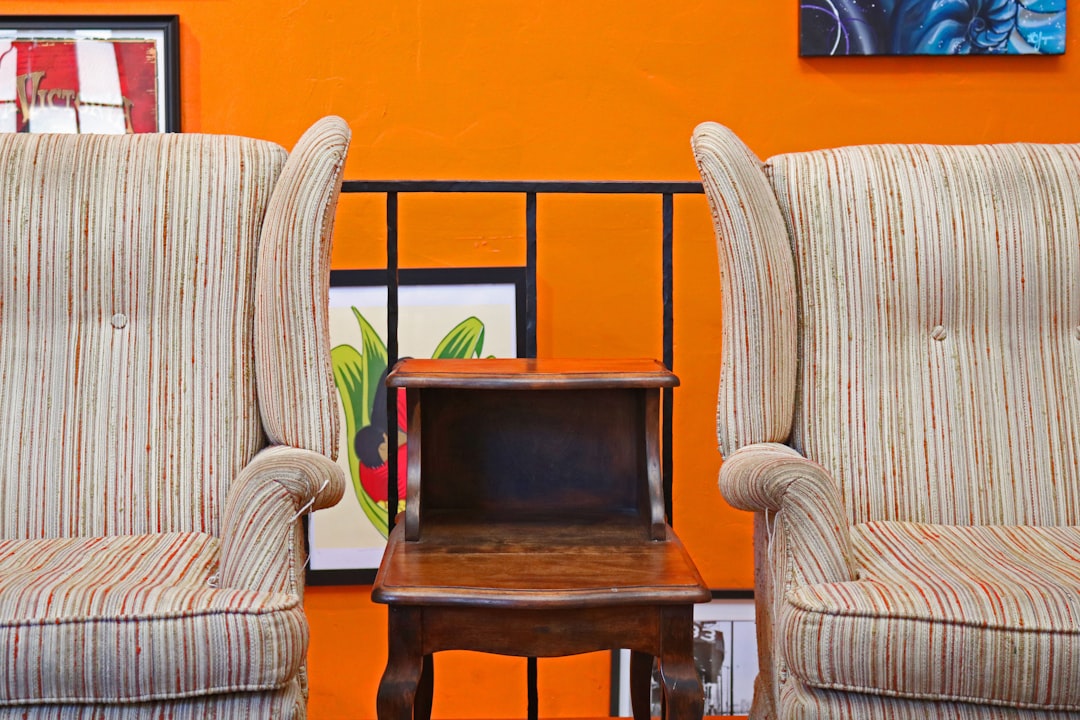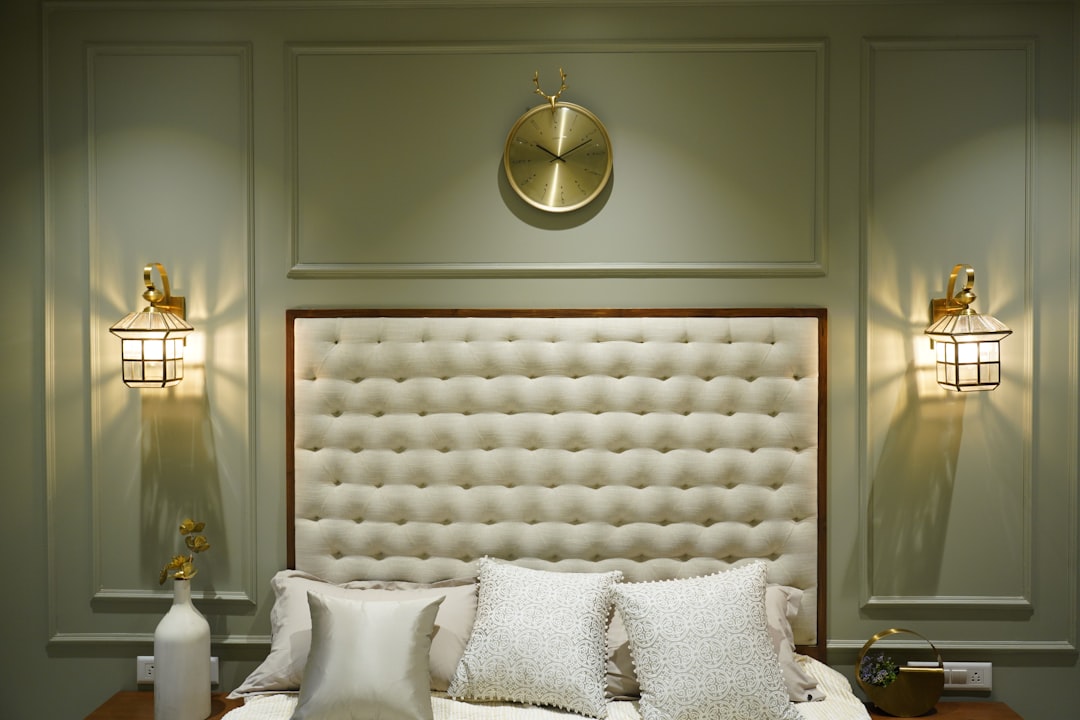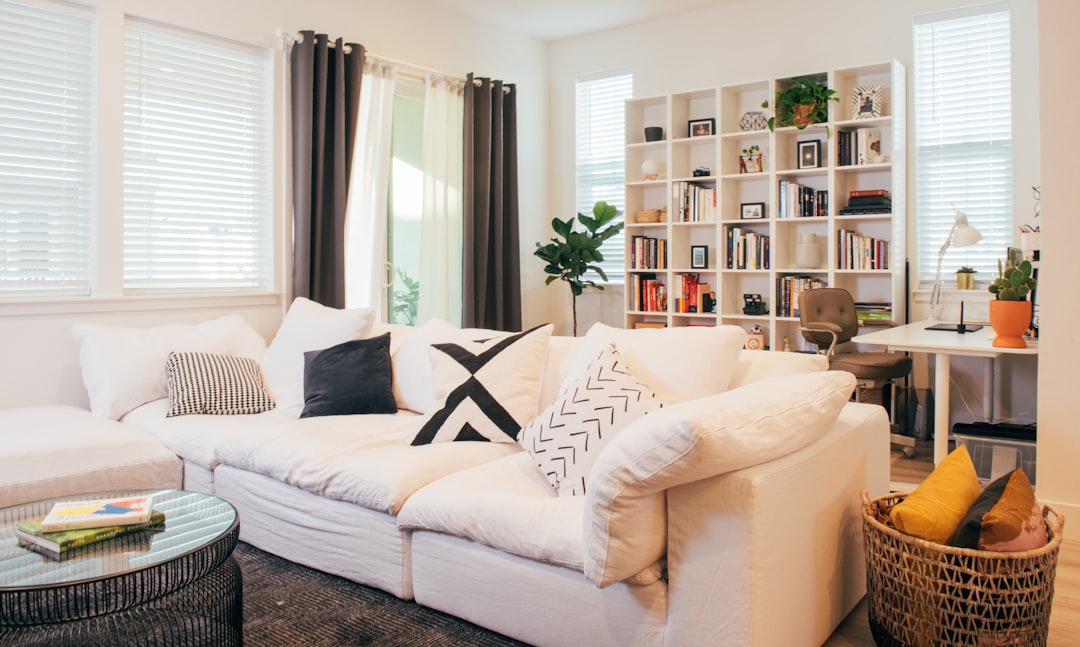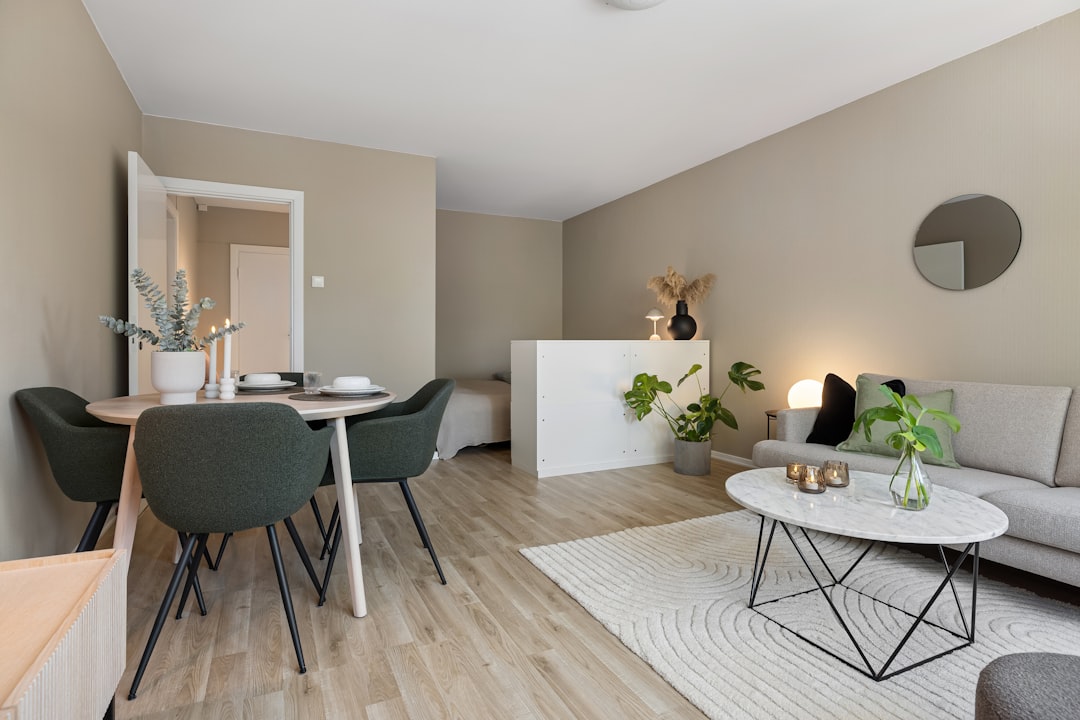How to Mix Modern and Vintage Furniture: The Ultimate Guide to Timeless Home Decor
Combining modern and vintage furniture creates a unique and timeless home filled with character. This guide walks you through expert strategies to balance styles, textures, and proportions for a harmonious, stylish space.
Key Takeaways
- Start with a neutral color palette to create cohesion.
- Use contrast thoughtfully by pairing sleek modern lines with vintage warmth.
- Anchor rooms with statement pieces and layered textures.
- Maintain balanced proportions and scale for an inviting layout.
- Incorporate personalized accessories and DIY vintage updates.
- Leverage art and lighting to bridge modern and vintage styles.
- Follow the 80/20 rule for harmonious style distribution.
- Trust your taste and experiment boldly to reflect your personality.
Table of Contents
- 1. Start with a Neutral Foundation
- 2. Embrace Curated Contrast
- 3. Prioritize Statement Pieces
- 4. Layer Textures for Depth and Warmth
- 5. Maintain Proportion and Scale
- 6. Personalize with Accessories and DIY Vintage Updates
- 7. Leverage Art and Lighting to Bridge Styles
- 8. Follow the 80/20 Rule for Perfect Balance
- 9. Trust Your Style and Experiment
- Final Thoughts
1. Start with a Neutral Foundation: The Key to Cohesive Color Palettes
Creating a neutral backdrop forms the cornerstone of seamlessly mixing modern and vintage furniture. This simple yet effective approach allows each piece to stand out without overwhelming the room.
Why Neutrals Work
- Promote visual flow: Colors like ivory, warm beige, or muted gray blend easily with diverse finishes and styles.
- Highlight standout pieces: Subtle tones allow intricate vintage or minimalist modern items to shine.
- Allow flexibility: Neutral palettes enable easy updates through accent colors and accessories.
Tips for Setting Your Palette
- Limit your palette to two or three core tones to maintain consistency.
- Find common elements such as similar wood finishes or upholstery to bridge styles.
- Introduce accent colors via accessories like rugs, pillows, or artwork for personality.
Imagine a rustic farmhouse table paired with sleek modern chairs and a vibrant rug tying it all together. Explore more tips on mixing modern and vintage decor.
2. Embrace Curated Contrast: Balancing Modern Sleekness with Vintage Warmth
The essence of blending styles lies in contrast — pairing contemporary, clean lines with the inviting textures and stories of vintage pieces. This dynamic interplay brings energy and personality to your interiors.
Smart Ways to Introduce Contrast
- Pair opposing styles, such as a mid-century glass coffee table with a weathered storage trunk.
- Mix finishes by combining glossy modern surfaces with matte or rustic vintage materials.
- Vary proportions by anchoring with substantial vintage pieces offset by slim modern furniture.
Inspiring Pairings
- Modern marble tops set on antique wooden bases.
- Polished chrome lighting hanging over vintage farmhouse islands.
- Industrial steel stools around carved wooden tables.
Aim for harmony through contrast, where diverse elements coalesce into a unified story. See thoughtful pairings of vintage and modern elements.
3. Prioritize Statement Pieces to Anchor Your Space
Statement pieces create focal points that give structure and personality. Whether vintage or modern, they command attention and make your space memorable.
What Makes a Great Statement Piece?
- Exceptional craftsmanship, like a carved armoire or iconic designer chair.
- Oversized elements with visual weight, such as antique mirrors or dramatic chandeliers.
- Unique patterns, materials, or colors that contrast with their surroundings.
How to Make Them Work
- Limit yourself to one or two statement pieces per room to avoid clutter.
- Pair statements with simpler furnishings to create breathing room.
- Use dramatic lighting or strategic placement to draw the eye.
For example, flank a vintage sideboard with sleek sconces or highlight an ornate dining table with a modern pendant light. Learn more about layering modern and vintage statement pieces.
4. Layer Textures for Depth and Warmth
Texture layering adds tactile richness and makes a space feel inviting and lived-in rather than overly styled.
Texture Layering Techniques
- Combine organic materials like wood, rattan, and linen with sleek glass or chrome surfaces.
- Use textiles such as cushions, throws, and rugs in velvet, leather, and wool to soften the space.
- Contrast vintage upholstery against modern finishes or vice versa.
Texture Pairing Ideas
- Worn leather chairs with lush velvet throws.
- Intricate vintage rugs beneath minimalist dining tables.
- Soft linen sofas next to raw-edge wood or polished concrete coffee tables.
Pair classic architectural details like ceiling beams or crown moldings with modern clean-lined furniture to enhance texture contrasts. Explore more texture layering ideas.
5. Maintain Proportion and Scale for Balanced Layouts
Balancing size and scale between eras is crucial to avoid spaces that feel chaotic or overwhelmed.
Tips for Balancing Sizes
- Use larger, heavier vintage pieces to ground the room.
- Balance with light, streamlined modern furniture to prevent visual weight buildup.
- Maintain negative space and clear sight lines for flow.
Getting Scale Right
- Measure your space and furniture before committing.
- Consider how pieces complement or contrast each other in height and width.
- Use smaller vintage accessories to add character without overwhelming.
For example, pair a chunky antique coffee table with slender-legged modern chairs for easy balance. Tips on achieving room harmony through scale.
6. Personalize with Accessories and DIY Vintage Updates
Accessories and creative DIY updates personalize your space while bridging the old and new.
Meaningful Accessorizing
- Create vignettes with vintage books, sculptural objects, or framed artwork.
- Update vintage furniture by swapping hardware or reupholstering.
- Choose accessories that reflect your experiences and interests for added depth.
Easy DIY Vintage Makeovers
- Reupholster classic chairs with modern fabrics.
- Paint or refinish wood pieces in trendy hues.
- Replace knobs or legs on retro furniture for a fresh look.
These upgrades keep your space evolving sustainably while celebrating craftsmanship. Discover creative DIY design upgrades.
7. Leverage Art and Lighting to Bridge Styles
Art and lighting unify modern and vintage elements, enhancing cohesion and directing attention.
Artful Integration
- Select artwork that complements your room’s colors or themes.
- Mix modern abstracts with vintage portraits or prints for layered interest.
- Use matching frames or gallery walls to unify diverse pieces.
Lighting That Connects Eras
- Choose fixtures with crossover appeal, such as contemporary styles in vintage finishes.
- Layer overhead, task, and accent lighting to shape mood and function.
- Use uplighting or directional lamps to highlight key furniture or architecture.
Art and lighting not only enhance ambiance but visually stitch your eclectic décor. Guide to harmonizing lighting and decor styles.
8. Follow the 80/20 Rule for Perfect Balance
Let one style, usually modern, dominate about 80% of the space, while vintage adds impactful contrast. This ratio balances comfort and character.
- Modern pieces provide daily functional comfort.
- Vintage accents add warmth and history without overwhelming.
- The 80/20 split simplifies decorating and allows easy updates with accessories.
For example, pair a contemporary sectional and coffee table with vintage side tables and a reimagined heirloom bookshelf.
9. Trust Your Style and Experiment
Ultimately, your home should reflect your personality. Embrace creativity and trust your instincts to make the mix truly your own.
Embrace Your Aesthetic
- Design a space that tells your story and suits how you live.
- Enjoy experimenting—move pieces, switch styles, and evolve your décor over time.
How to Try New Ideas
- Introduce accessories or artwork before committing to larger furniture pieces.
- Take photos of different layouts to evaluate your choices objectively.
- Refresh your space seasonally to keep it fresh and inspiring.
Design is an ongoing conversation between you and your home—blend past and present to make it one-of-a-kind.
Final Thoughts on Mixing Modern and Vintage Furniture
Mixing modern and vintage furniture may seem daunting, but with intentional planning and these guidelines, it becomes a rewarding journey to create a timeless home. Start with neutral colors, embrace purposeful contrast and texture layering, and let statement pieces and lighting tell your unique story.
By blending design principles with your personal style, you’ll craft a harmonious space that transcends trends and truly reflects you. Ready to bring your vision to life? Explore curated modern and vintage-inspired furniture and accessories at Selectfurniturestore to start crafting a space that truly reflects you.
FAQ
How do I start mixing modern and vintage furniture?
Begin with a neutral color palette as your foundation, then gradually add pieces that showcase contrast through texture, proportion, and style.
What if my space feels chaotic mixing both styles?
Focus on balance by limiting statement pieces, maintaining scale, and using neutral backdrops to create cohesion and allow each item to shine.
Can I update vintage furniture to fit a modern aesthetic?
Absolutely. Simple DIY updates like reupholstering, painting, or replacing hardware can refresh vintage pieces to blend beautifully with modern décor.
How important is lighting in mixing styles?
Lighting is essential for bridging styles, enhancing ambiance, and highlighting key furniture or architectural details. Layered lighting creates function and mood.
What is the 80/20 rule in mixing furniture styles?
It means allowing one style (usually modern) to dominate about 80% of your space, with the other (vintage) providing 20% of impactful contrast for balance and personality.







